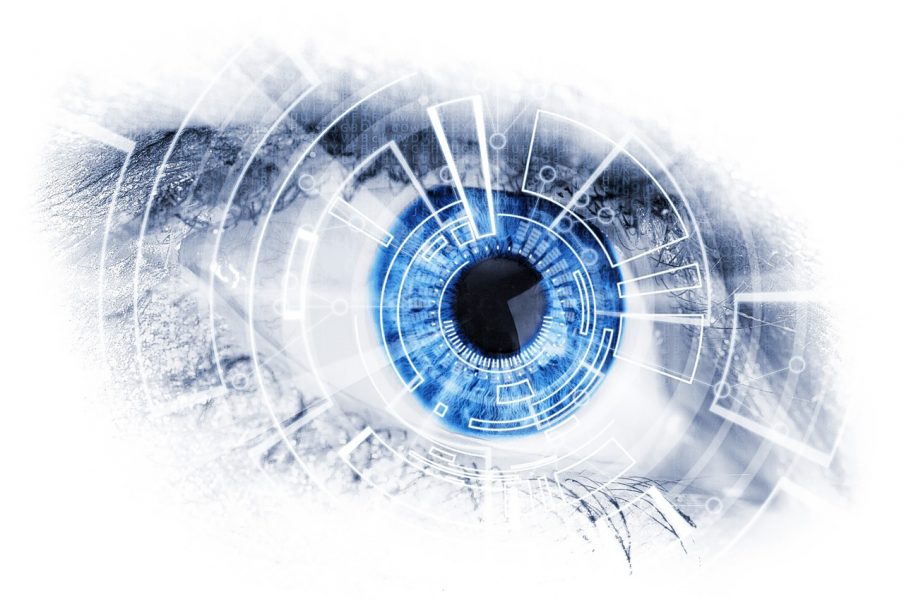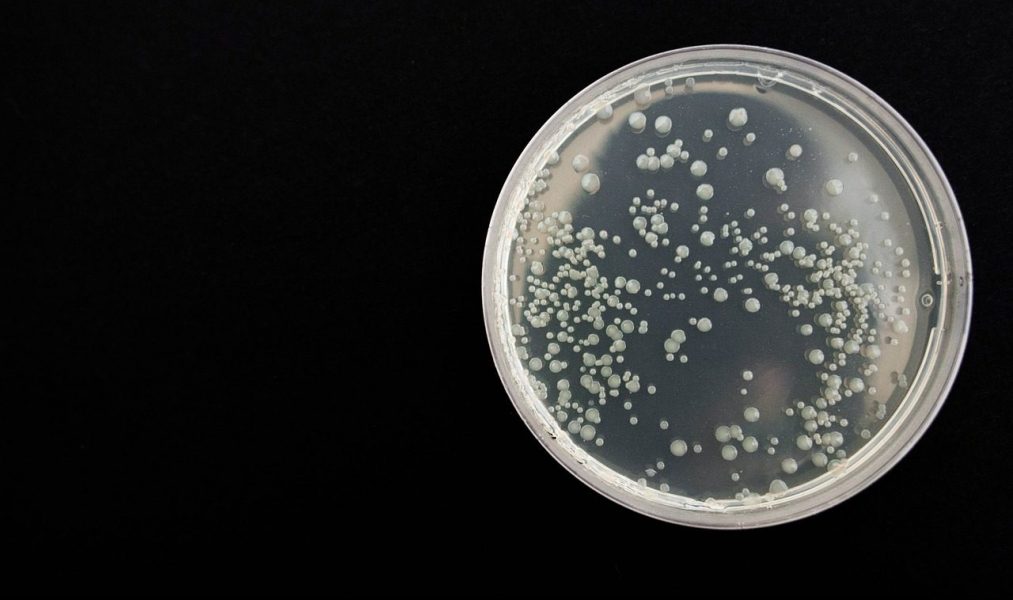A transparent and breathable microfluidic contact lens that could help to diagnose and treat eye disease is developed.


A transparent and breathable microfluidic contact lens that could help to diagnose and treat eye disease is developed.

A wearable soft microfluidic device with sequentially filling reservoirs can collect, store, and analyze sweat in situ from almost any part of the body.

A team of Chinese researchers investigated the plasma-induced inactivation behavior of several bacteria without and with the presence of chloride.

Artificial intelligence is used to analyze the parameters for creating self-cleaning, superhydrophobic surfaces, and to generate a model for optimizing the experimental conditions.

The iridescence of Nicobar pigeon plumage is put under the microscope.

A broadband visible-light-driven photocatalytic SERS platform with the CuO nanowires (NWs)/Cu2O hetero-nanostructures as the backbone.

Graphene sensors with high-resolution features are produced on flexible tapes for wearable electronics via a simplified drop-cast-and-transfer process.

Replicating the hollow structure of polar bear hairs allows an insulating material to provide thermal management with stealth applications.

A team of North American researchers demonstrated a label-free and more direct way to observe and quantify microvascular and metabolic healing mechanisms, and the biological response to a topical treatment, utilizing a multimodal microscope equipped with OCT and FLIM.

Smart windows switch between transparent and opaque states based on environmental cues. Researchers reveal a prototype that exploits plasmons, converting incident sunlight into local thermal energy to trigger the switch.